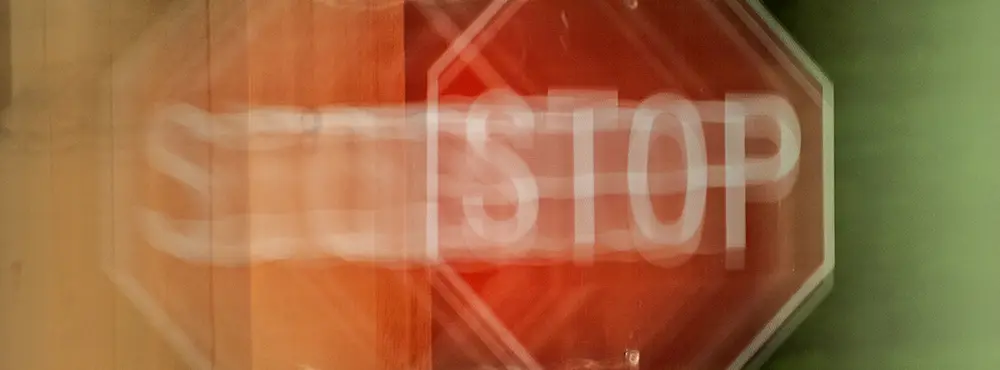Stargardt disease is an inherited eye condition that affects vision by damaging the light-sensitive cells in the macula, which is a central part of the retina. The macula helps to see the fine details of the things around you, such as watching TV or playing a video game. This condition is also known by the name ‘juvenile macular dystrophy’, and it affects central vision (vision utilised to directly look at something). In most cases, peripheral (side) vision is retained. The eye condition is passed on genetically, affecting kids, teenagers and young adults.
Stargardt disease symptoms
The symptoms of this eye condition will usually start to show in early childhood and usually develop before the age of 20. Someone who has inherited this eye problem is more likely to face:
- Slow loss of central vision and detailed vision in both eyes
- Loss of colour perception (trouble seeing colours)
- Blurriness/distortion in vision or may see dark areas in their vision
- A long time for vision to adjust when going from light to dark
- Sensitivity to light
The progression of this condition will vary from person to person. For some people, the eye condition will initially progress slowly, speed up and then finally plateau, while others can lose their central vision very quickly. When central vision is completely shut off, peripheral or side vision can still remain good, but some people may lose their side vision too.
What causes Stargardt disease?
This eye condition is genetic, meaning that it is inherited and therefore passed down from parents to their children. Three types of genes are associated with Stargardt disease:
According to the National Eye Institute, gene ABCA4 is mostly responsible for how your body utilises Vitamin A in the retina. This is how it works; our body uses Vitamin A to make light-sensitive cells in the retina. The gene ABCA4 creates a protein to clean up the leftover fatty material once the cells in the retina are created. In stargardt disease, this gene does not work, resulting in a build-up of yellowish flecks called lipofuscin (fatty material) on the macula. Other time, yellowish material builds up and ultimately destroys your central vision. This yellow accumulation is one of the signs that doctors look out for while conducting the diagnosis for the disease.
How is Stargardt disease diagnosed?
Your doctor may conduct the following tests:
Fundus photography - your optometrist will conduct a dilate exam. In this exam, you will be given some eye drops to dilate (widen) your pupils to examine your retina and check for the yellow deposit caused due to absence of ABCA4 gene
Genetic testing – this testing helps in the definitive diagnosis and type of gene responsible for this condition. It also helps to understand the risk of the next generation or other family members being affected by this condition
Colour vision testing – as this disease affects your colour sensitive cells, a colour vision test is required. This is conducted through tests such as colour plate test, anomaloscope test, hue test and more
Electroretinography (RRG) – this tests your retina’s ability to respond to light
Optical coherence tomography (OCT) – a detailed picture of your retina is taken through this test
Stargardt disease treatment
Unfortunately, there is no treatment for this disease. Nonetheless, various aids and recommendations are available to help people with this eye condition to see things better, or at least slow down the progression of this disease.
Whether the patient has lost central or peripheral vision, it is worth trying to save what vision is left. UV protected sunglasses are doctor recommended and are an excellent option to help protect any remaining vision. Wearing UVA/B protected sunglasses will not only protect your eyes against the harmful sun rays but also help with protection against more damage to the retina. They also help with light sensitivity, which is a common issue faced by those with this eye condition.
It is recommended to limit the intake of Vitamin A, as, if you have inherited this disease, the absence of ABCA4, will only result in excessive accumulation of the yellow deposit damaging the macula even more. It’s best to consult an ophthalmologist to suggest you with the right doses of vitamin A to be taken daily.
Doctors also suggest not to smoke cigarettes or expose yourself to passive smoking. Reducing/quitting smoking might help slow down vision loss for people with this condition.
Other special devices, useful daily tips and training programmes are also available to help aid the vision for the people suffering with Stargardt disease.
As there is no cure and treatment for this disease, many trails and studies are being continuously conducted to help find the treatment.
Stargardt disease and children
If your child is diagnosed with this disease, and is having difficulties in coping with this condition, you should:
- Talk to them openly about the eye condition
- Try to help them understand their health is otherwise ok and that it is natural health issue
- Get your children suitable visual aids, such as UVA/B protected sunglasses or even magnifying readers
- Take them for regular eye check-ups
Disclaimer: The advice in this article is for informational purposes only and does not replace medical care or an in-person check-up. Please check with an eyecare professional before purchasing any products or remedies. For information on our article review process, please refer to our Editorial Policy.

 Offers
Offers Account
Account
 Favorite
Favorite
 Basket
Basket

 OFFERS
OFFERS
















